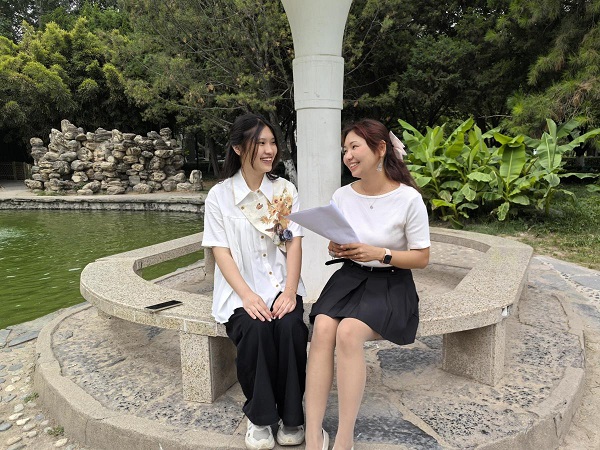XJTU achieves breakthroughs at CVPR 2025

The paper SegEarth-OV: Towards Training-Free Open-Vocabulary Segmentation for Remote Sensing Images by Associate Professor Cao's team is selected as an oral presentation at CVPR 2025.
A team led by Associate Professor Cao Xiangyong from the Shaanxi Provincial Key Laboratory of Big Data Knowledge Engineering at Xi'an Jiaotong University (XJTU) achieved a series of breakthroughs at the IEEE/CVF Conference on Computer Vision and Pattern Recognition 2025 (CVPR 2025).
Three academic papers from the team were accepted, with one selected as an oral presentation, the only remote sensing image processing work among this year's 96 oral presentations.
The team also excelled in two prestigious international competitions held during CVPR 2025, securing the championship in the multi-target UAV tracking track of the "4th Anti-UAV Challenge & Workshop" and winning both the general track championship and third place in the efficiency track of the "RAW Restoration Challenge-Super Resolution."
CVPR, recognized as a Class A international conference by the China Computer Federation, holds significant global influence in the field of computer vision, with its accepted papers representing cutting-edge technological advancements and driving the discipline's development. According to the latest Google Scholar Citation statistics, CVPR ranks second globally with an H5-index of 440, trailing only Nature, while leading in engineering/computer science and AI-related publications.
The three accepted papers address critical challenges in remote sensing image processing and analysis, including insufficient training samples and limited model generalization capabilities, and propose innovative solutions.
Associate Professor Cao's team has long focused on foundational research in intelligent remote sensing image interpretation, low-level image processing, and generative AI models, with the aim of advancing AI applications in satellite and airborne remote sensing, smart cities, and low-altitude economies.

